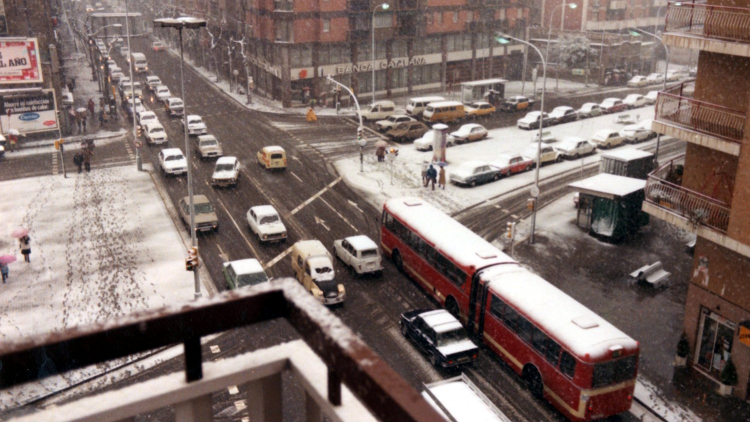Democratising public space
Democratising Barcelona not only meant institutions but also public spaces. Popular demands to adapt urban planning to people and to recover the historical character of the old town of Sants were some of the requests the City Council was willing to meet.
The new Council aspired to a style of urban planning adapted to people, enabling them to reclaim their right to the city. The more aggressive extremes of the General Metropolitan Plan (1976), which envisaged the demolition of housing in Hostafrancs to make way for roads from Plaça d’Espanya, were scrapped. Negotiations were also held with rail operator Renfe to turn the area around Sants Station into a public square.
With an innovative design formed by large, ‘hard’ structures made of metal, marble and granite, the new Plaça dels Països Catalans was the deserving winner of the FAD Prize in 1984. But some local residents criticised it for its constructive ‘greyness’, the lack of shade and the architectural barriers that disconnected it from adjacent spaces. The City Council dodged the criticism by claiming the square would mainly be used by travellers and that local people would soon have other spaces and facilities more suited to their needs.

Plaça dels Països Catalans, in front of Sants Station, was inaugurated on 7 June 1983 by mayor Pasqual Maragall (Author unknown, AMDS)



